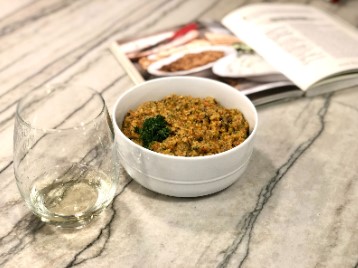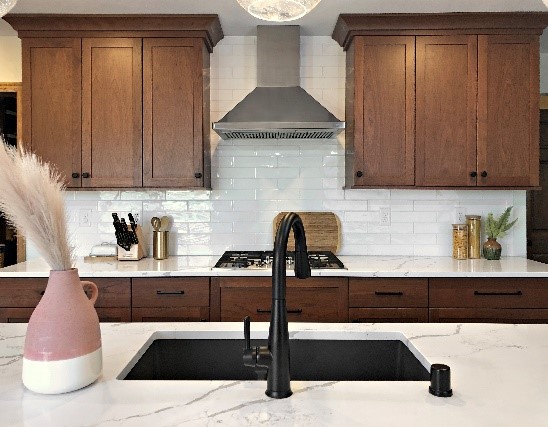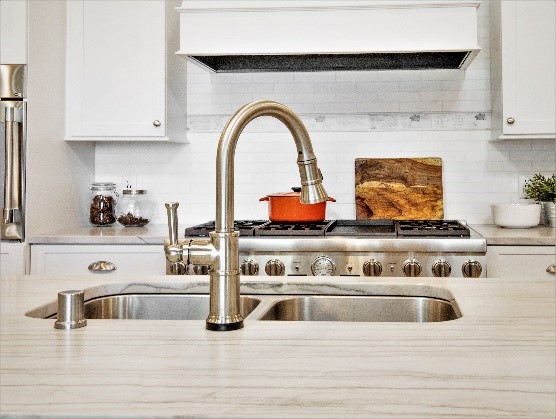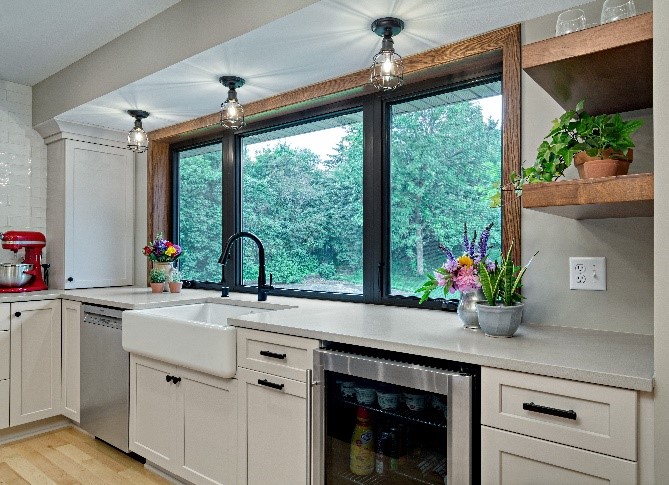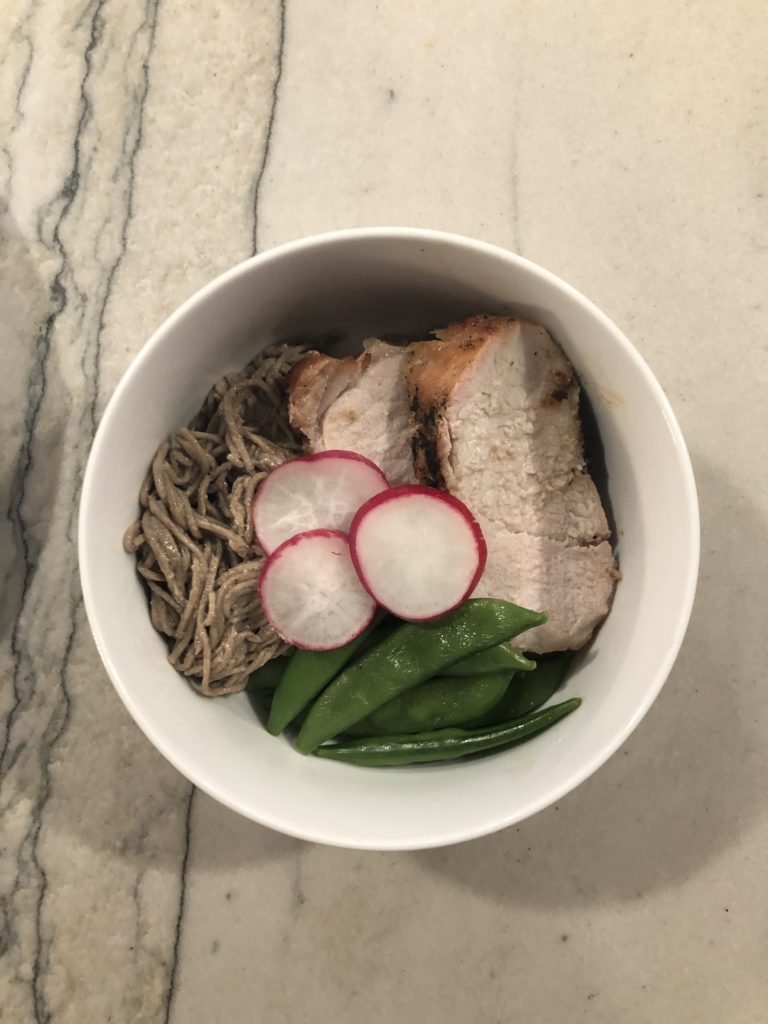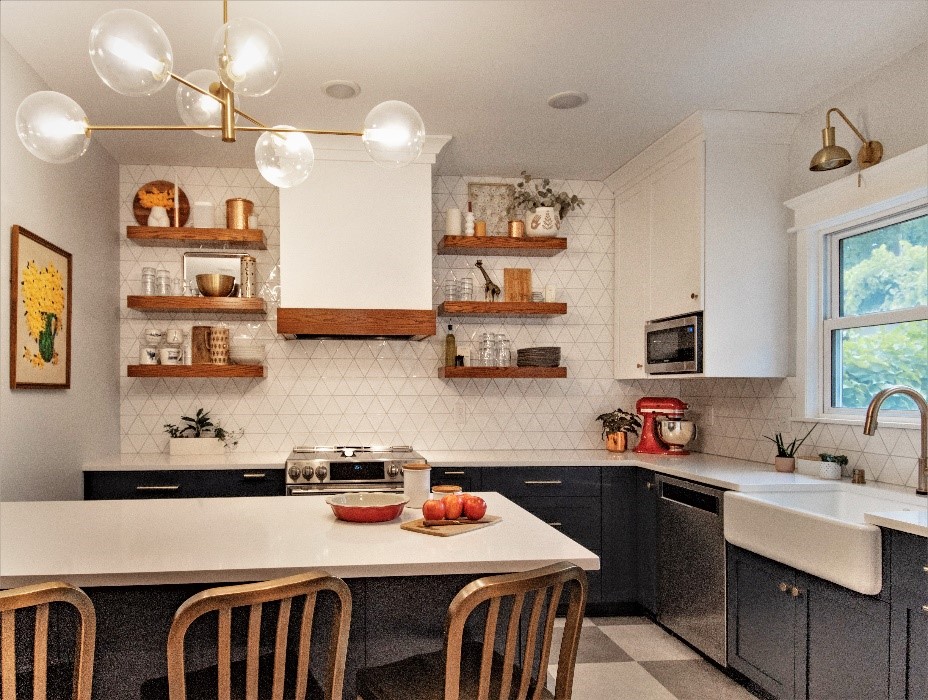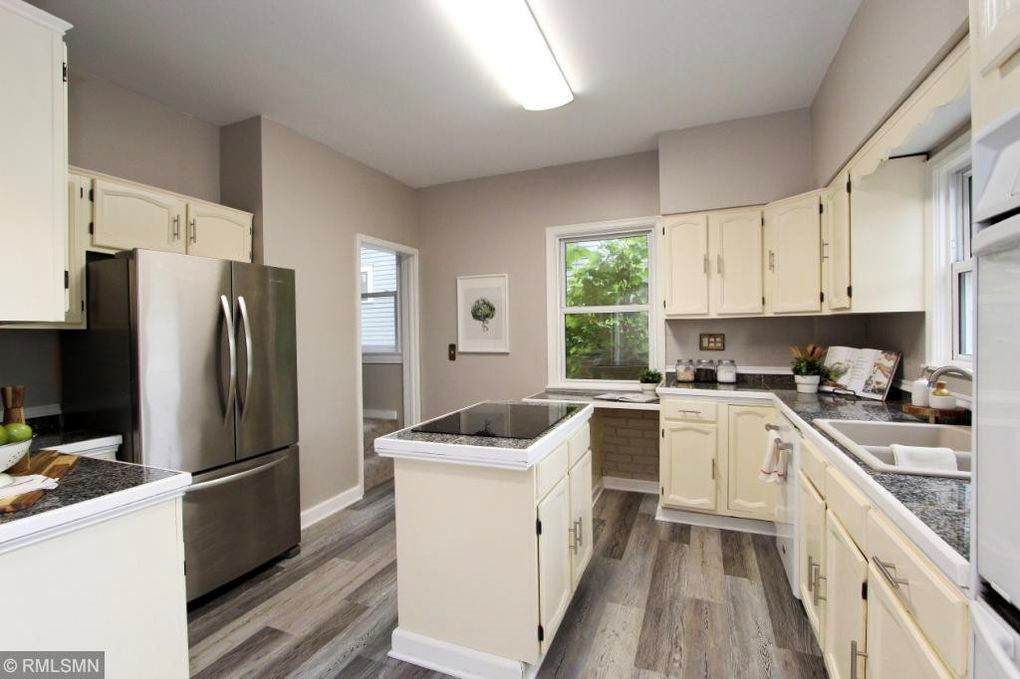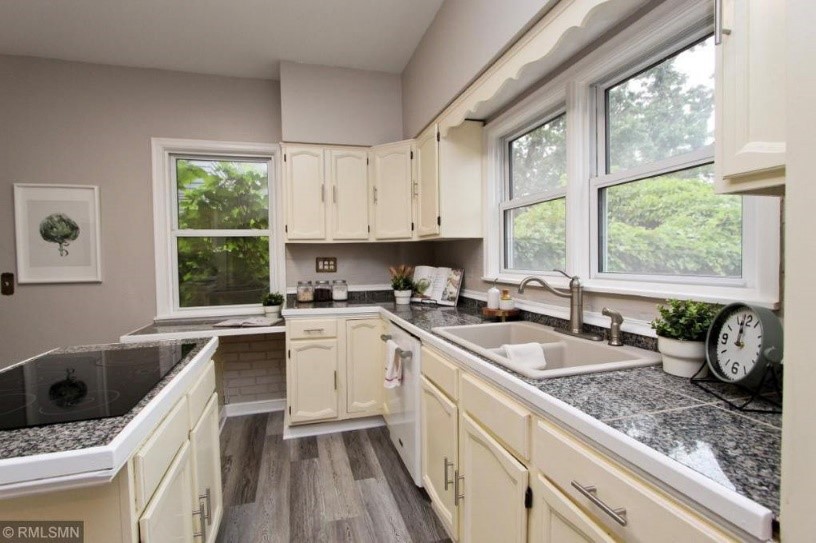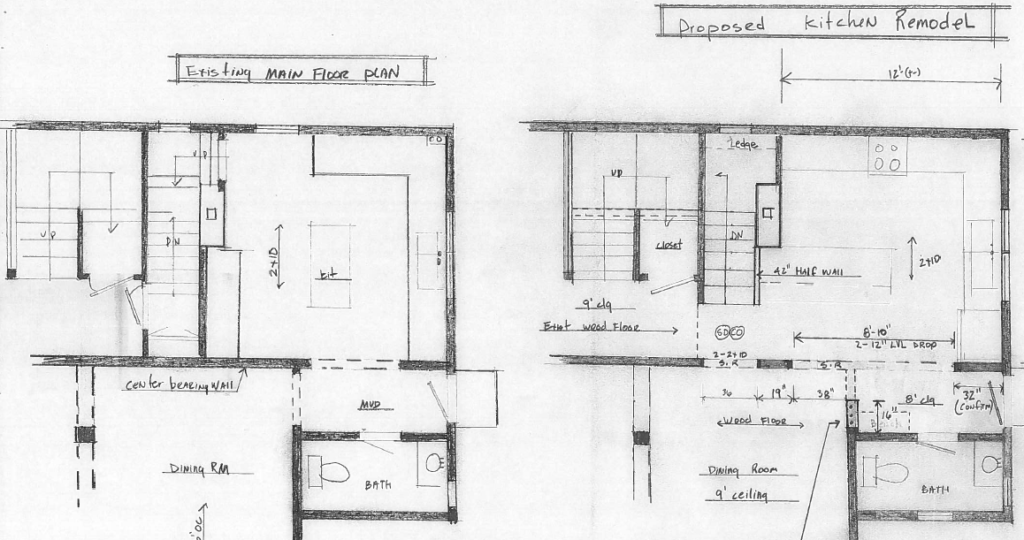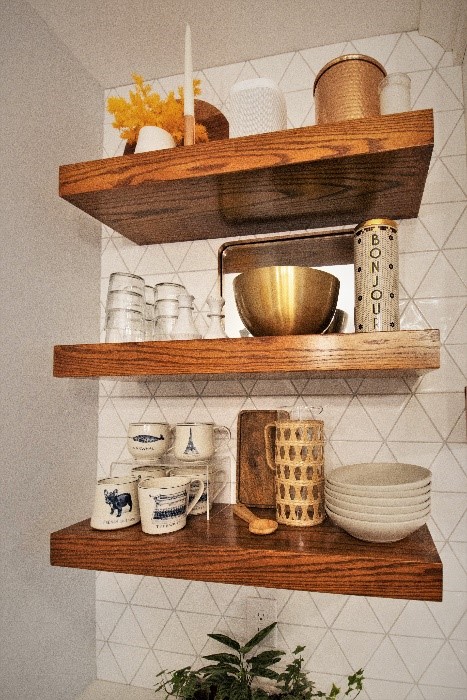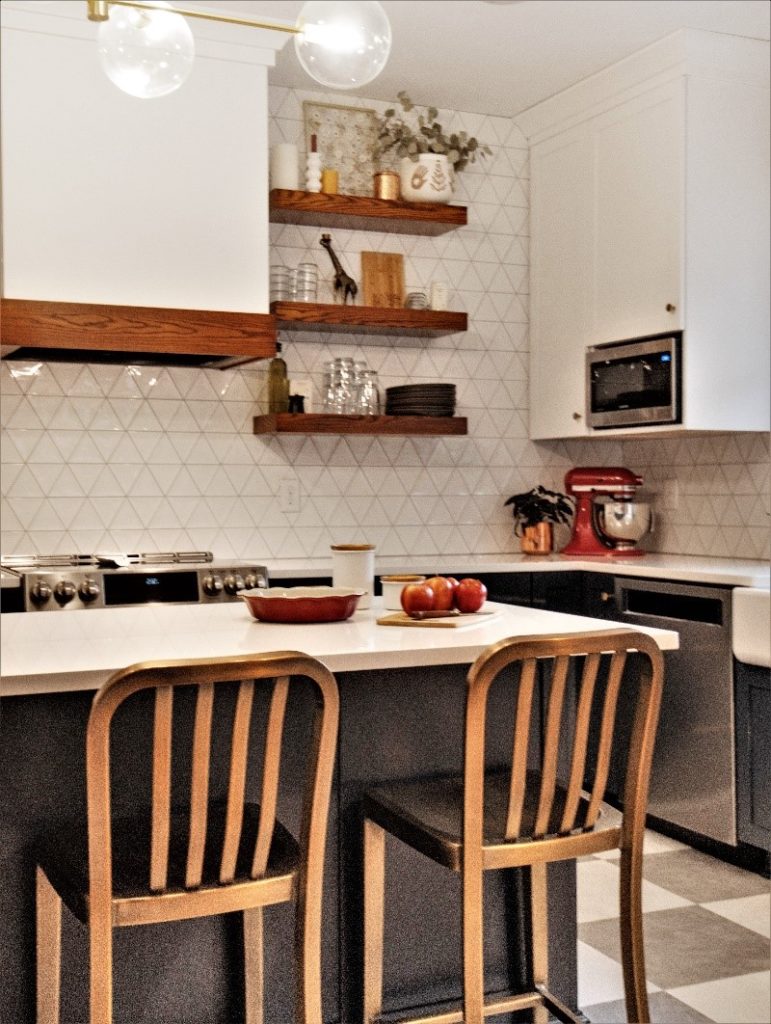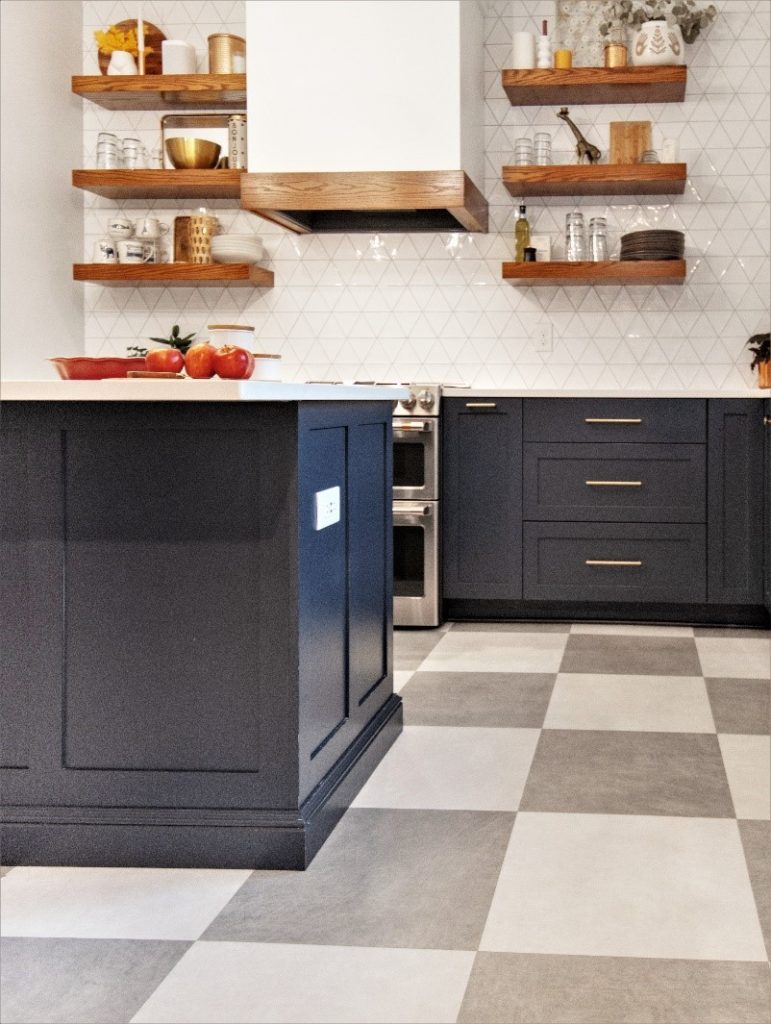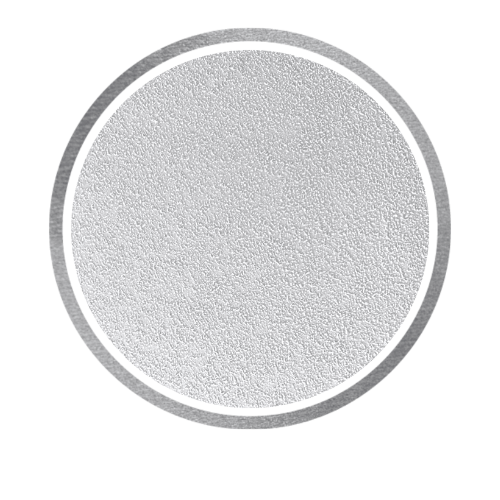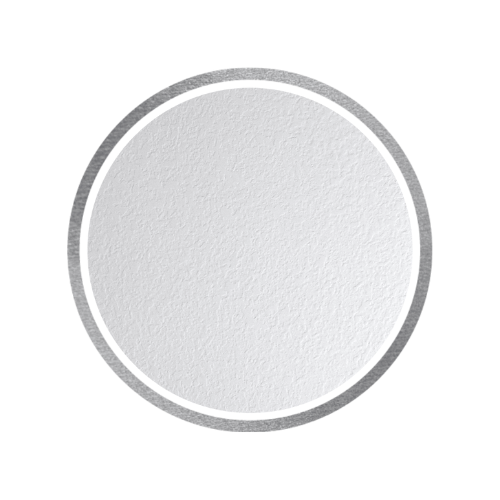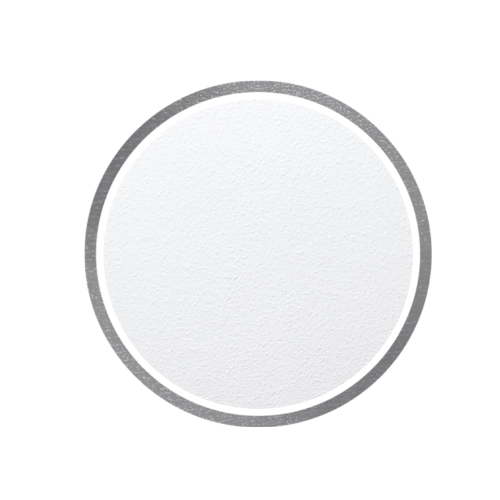It’s August in Minnesota,
and one of my favorite parts of summer is the farmers’ market – I love meandering down rows of colorful vegetables, fragrant herbs, and stunning bouquets of flowers while sipping my morning coffee!
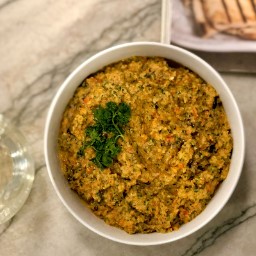
Inevitably, the market often introduces me to something new; whether an herb, cheese, jam, or a new vegetable, I enjoy talking with farmers about what something is and the best way to prepare it. I encourage you to go at least one more time this year and find a vegetable or an herb you’re not familiar with. Talk to the grower and then find a recipe that looks good!
If you need an idea, might I suggest an eggplant?
Eggplants are nutrient-dense foods that are high in antioxidants and in fiber. The most common ones are Globe/American eggplants (the big round deep purple ones) and Japanese eggplant (the longer thin dark purple ones) and this recipe is a great introduction to either of these varieties. If you’re using a Globe/American, you can either slice it in one-inch slices the long way or slice it in one-inch thick circles the short way. If you’re using a Japanese eggplant, you could slice it once in half the long way,or slice it in one-inch rounds going the short way and put the pieces in a grill pan. Regardless of how you’re cooking it (roasting or grilling), eggplants absorb lots of olive oil, so use it generously.
This recipe is for a grilled eggplant and red pepper baba ganoush – it can be used as a side dish with dinner or an appetizer dish with grilled naan bread (found in most grocery store bakery sections). If you’re serving the baba ganoush and naan bread with dinner, accompany it with a cucumber/tomato/red onion salad, some grilled chicken with Mediterranean seasoning (this one’s my favorite), and a side of feta.
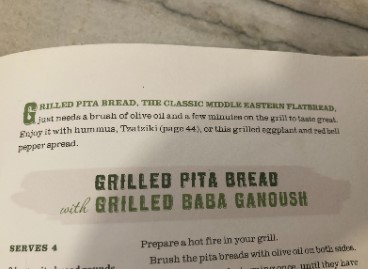
Go find that eggplant, grill it up, and let me know what you think!
Grilled Naan Bread with Grilled Baba Ganoush
Serves 6
- 1 large eggplant, green end trimmed, then cut into one-inch-thick slices
- 1 large red pepper, cut in half
- 2 tablespoons olive oil (plus more for coating vegetables)
- 2 garlic cloves
- ¼ cup fresh cilantro, chopped (I use ¼ cup or more, but I love cilantro)
- 1 tablespoon lemon juice
- 1 teaspoon ground cumin
- Salt to taste
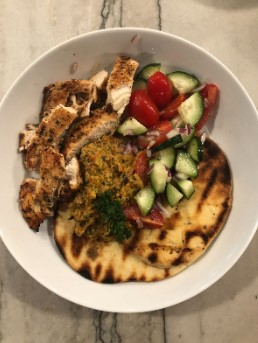
Start the grill at a medium heat.
To make the baba ganoush, brush the eggplant slices and red pepper with olive oil. Place the eggplant slices and the red pepper halves directly on the grill (or in a grill plan if you’re using the smaller Japanese eggplant rounds). Grill the eggplant, turning once until you have good grill marks and the eggplant is tender (8-10 minutes total). Remove the eggplant. Leave the red pepper on a bit longer (maybe 5-7 minutes), turning frequently and remove when it’s cooked through and starting to blister.
While the veggies are cooling slightly, get the naan bread ready to grill by brushing olive oil on both sides of each piece.
Add the eggplant slices and red pepper to a food processor or other Ninja-ish kitchen gadget (a blender WON’T work – you need something much higher powered), then add the 2T olive oil, cilantro, garlic, lemon juice, and cumin. Puree until smooth, then taste and add salt accordingly.
Grill the naan bread, turning once, until each piece has gentle grill marks (it won’t take long, 2-3 minutes total). To serve, cut the naan bread into wedges to dip into the baba ganoush, or leave as whole pieces to eat with chicken and salad
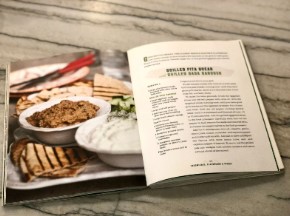
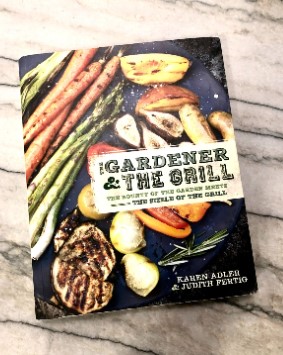
—P.S. This recipe is adapted from the book The Gardener and the Grill: The Bounty of the Garden Meets the Sizzle of the Grill, by Karen Alder and Judith Fertig. For anyone that loves to grill and loves to garden, it’s a must-have (buy it and try the Grilled Radicchio and Brussel Sprouts with Hot Bacon Dressing – you can thank me later).

